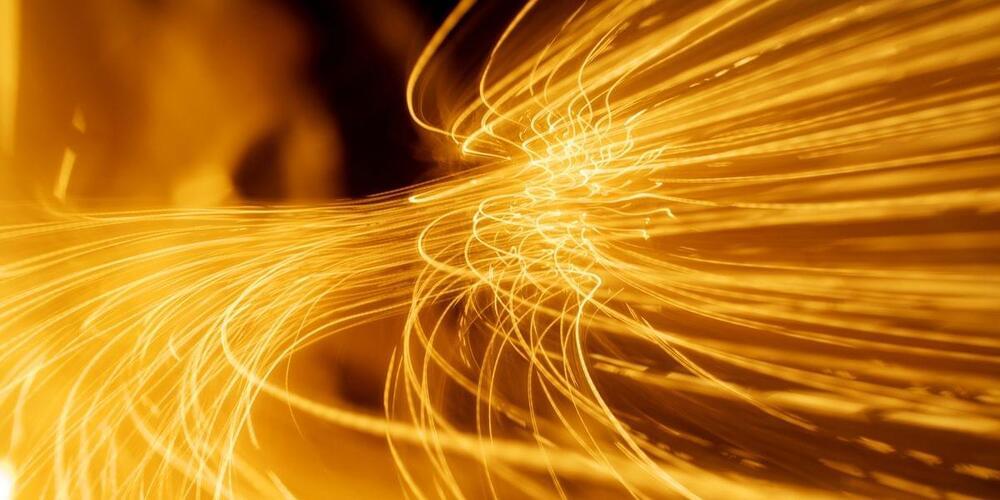Behind the scenes, industrial artificial intelligence is transforming the efficiency and performance of companies. But the bigger picture is the implication for global sustainability.


Embark on a captivating journey through the intricate pathways of the brain. This video delves into the fascinating realm where neuroscience and the philosophy of knowledge converge. Explore how brain structures facilitate learning, the dynamic interplay between cognition and perception, and the profound mysteries of consciousness and self-awareness. Discover the roles of language, emotion, and sensory integration in shaping our reality. Delve into the ethical considerations of brain manipulation and the revolutionary potential of educational neuroscience and brain-computer interfaces. Join us as we push the boundaries of knowledge, uncovering the secrets of the mind and envisioning the future of human cognition.
#Neuroepistemology #BrainScience #Cognition #Neuroplasticity #BrainComputerInterface.
Become a member of this channel to enjoy benefits:
/ @artificiallyaware
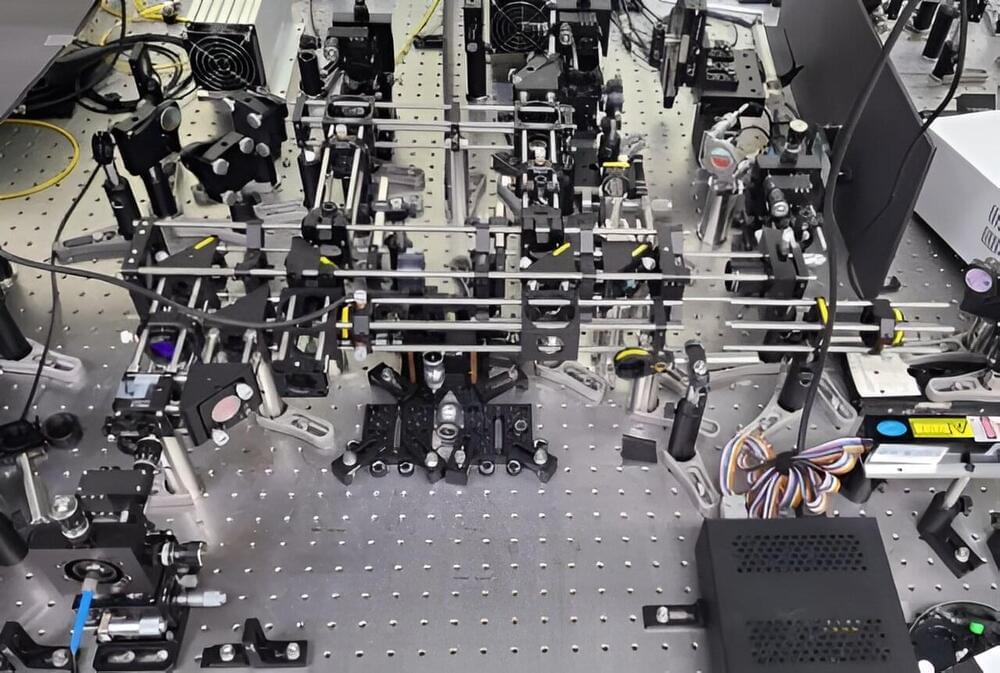
The Korea Research Institute of Standards and Science (KRISS) has developed a novel quantum sensor technology that allows the measurement of perturbations in the infrared region with visible light by leveraging the phenomenon of quantum entanglement. This will enable low-cost, high-performance IR optical measurement, which previously accompanied limitations in delivering quality results.
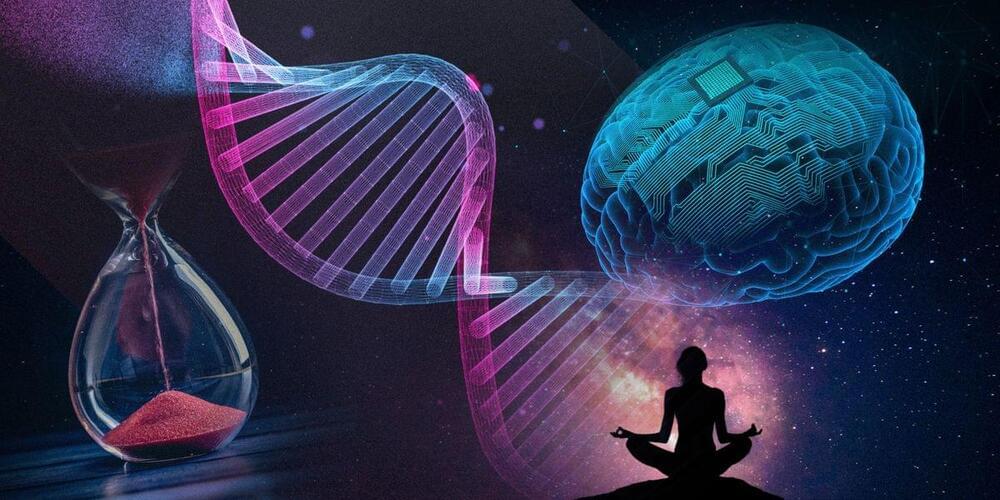
Sarah Adams (call sign: Superbad) is a former CIA Targeting Officer and author of Benghazi: Know Thy Enemy. Adams served as the Senior Advisor for the U.S. House of Representatives Select Committee on Benghazi. She conducted all-source investigations and oversight activities related to the 2012 Libya terrorist attacks and was instrumental in mitigating future security risks to U.S. personnel serving overseas. Adams remains one of the most knowledgeable individuals on active terrorism threats around the world.
Get Sarah’s intel briefing via the newsletter: https://shawnryanshow.com/pages/newsl…
Join this channel to get access to perks:
/ @shawnryanshow.
Shawn Ryan Show Links.
SUBSCRIBE: / @shawnryanshow.
Sign up: https://shawnryanshow.com/pages/newsl…
Support the Show: / vigilanceelite.
Download Free Content: https://drive.google.com/drive/folder…
Listen on Apple: https://podcasts.apple.com/us/podcast…
Listen on Spotify: https://open.spotify.com/show/5eodRZd…
Follow on TikTok: / shawnryanshow.
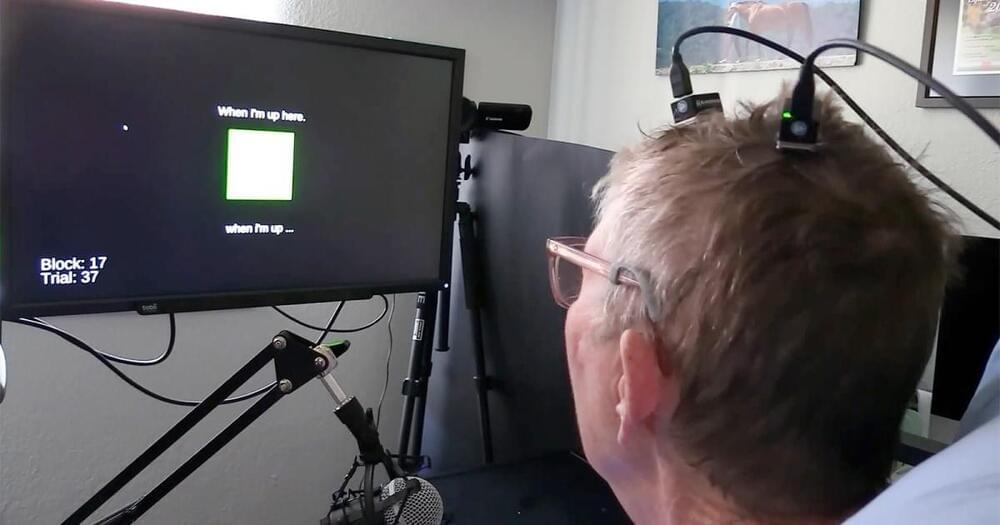
Stanford researchers have developed a speech brain-computer interface (BCI) they say can translate thoughts into text at a record-breaking speed — putting us closer to a future in which people who can’t talk can still easily communicate.
The challenge: “Anarthria” is a devastating condition in which a person can’t speak, despite being able to understand speech and knowing what they want to say. It’s usually caused by a brain injury, such as a stroke, or a neurological disorder, such as Parkinson’s disease or ALS.
Some people with anarthria write or use eye-tracking tech to communicate, but this “speech” is far slower than the average talking speed. People with anarthria due to total paralysis or locked-in syndrome can’t even move their eyes, though, leaving them with no way to communicate.
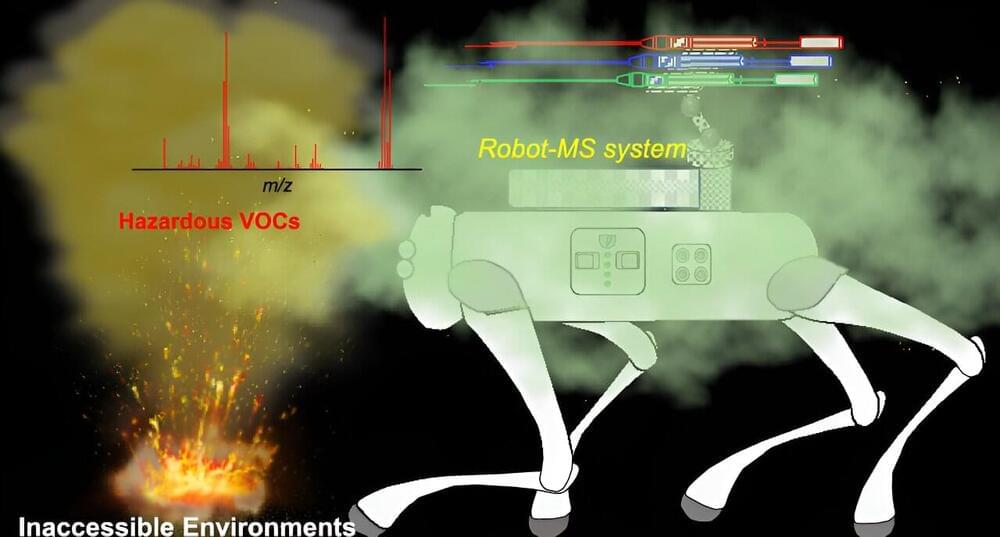
Nightmare material or truly man’s best friend? A team of researchers equipped a dog-like quadruped robot with a mechanized arm that takes air samples from potentially treacherous situations, such as an abandoned building or fire. The robot dog walks samples to a person who screens them for potentially hazardous compounds, says the team that published its study in Analytical Chemistry. While the system needs further refinement, demonstrations show its potential value in dangerous conditions.
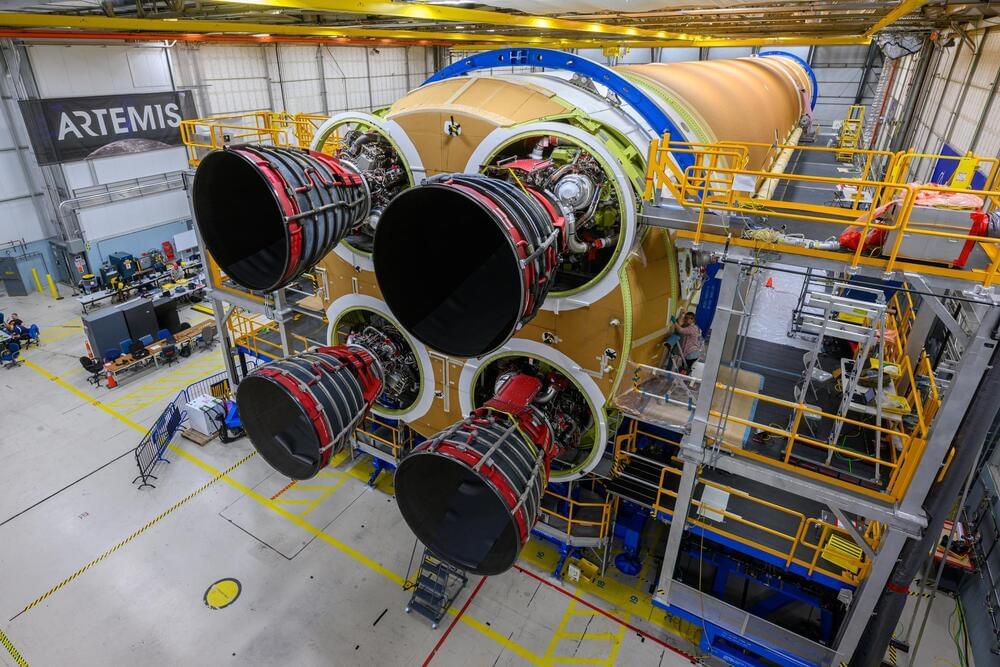
NASA will roll the fully assembled core stage for the agency’s SLS (Space Launch System) rocket that will launch the first crewed Artemis mission out of NASA’s Michoud Assembly Facility in New Orleans in mid-July. The 212-foot-tall stage will be loaded on the agency’s Pegasus barge for delivery to Kennedy Space Center in Florida.
Media will have the opportunity to capture images and video, hear remarks from agency and industry leadership, and speak to subject matter experts with NASA and its Artemis industry partners as crews move the rocket stage to the Pegasus barge.
NASA will provide additional information on specific timing later, along with interview opportunities. This event is open to U.S. and international media. International media must apply by June 14. U.S. media must apply by July 3. The agency’s media credentialing policy is available online.

China has installed an 18-megawatt (MW) offshore wind turbine – the world’s largest by power rating – in Guangdong province.
State-owned power generator manufacturer Dongfang Electric Corporation completed the installation of the massive wind turbine at a coastal test base in Shantou on June 5.
China’s 18-MW offshore wind turbine has a 260-meter (853-foot) rotor diameter and a swept area of 53,000 square meters (570,487 square feet) – equivalent to 7.4 standard football fields.
